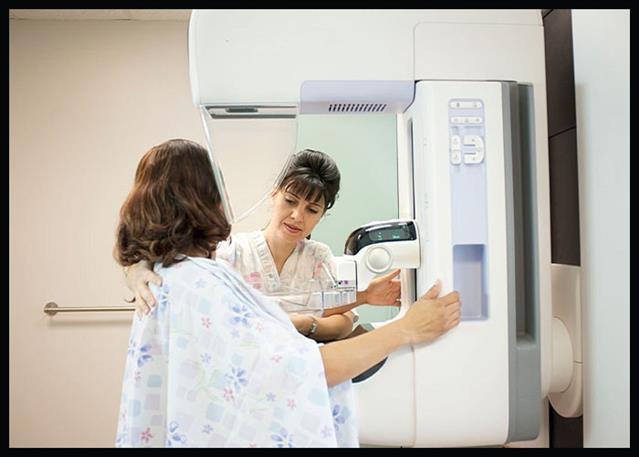
According to a recent report by the Centers for Disease Control and Prevention, adverse social determinants of health or SDOH, and health-related social needs HRSNs prevent women in the U.S. from getting regular mammograms.
Mammogram is a test to screen breast cancer, which is reportedly one of the most common types of cancer among the U.S. women, killing approximately 40,000 women every year in the U.S. Doctors recommend women to get a mammogram every year after reaching the age of 45.
For the study, researchers analyzed data from the 2022 Behavioral Risk Factor Surveillance System of women aged 40 to 74 years to estimate the frequency of mammography use.
The findings revealed that the factors like low-income, social isolation, reduced hours of employment, life dissatisfaction, high medical costs and lack of health insurance and transportation prevent women from getting a regular mammogram.
Further, the researchers noted that the prevalence of mammography use in women, facing social barriers, aged 50-74 years was 65.7 percent, which the same for with no social barriers was 83.2 percent.
Region-wise, 44 percent women, with a few social barriers, in Wyoming were up-to-date with their mammograms, compared with 78 percent in Rhode Island.
“The bottom line is women are more likely to get life-saving mammograms when their social needs are met,” concluded Dr Jacqueline Miller, medical director of CDC’s National Breast and Cervical Cancer Early Detection Program, and one of the study’s lead authors.
“Identifying specific adverse SDOH and HRSNs that women experience and coordinating activities among health care providers, social services, community organizations, and public health programs to provide services that help address these needs might increase mammography use and ultimately decrease breast cancer deaths”, the health regulator suggested.
Copyright © 2024, RTTNews.com, Inc. All Rights Reserved.















